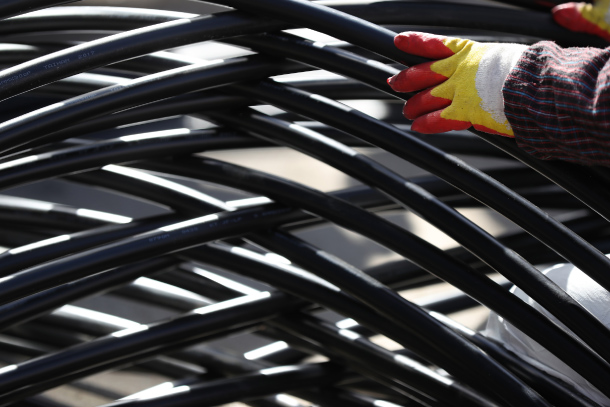Trouble below the surface
YUM TAE-JUNGThe author is a national news editor of the JoongAng Ilbo.

[YONHAP]
The recent fire in an underground tunnel at KT’s switching center in Ahyeon, western Seoul, and the underground hot water pipe rupture in Goyang, Gyeonggi, reminded me of my visit to the underground cable tunnel in Gwanghwamun, central Seoul, more than 10 years ago. As our daily lives become more convenient thanks to the communication cables, hot water pipes and gas pipes, more structures are built underground.
In addition to infrastructure, underground development is expanding. Seoul is promoting underground spaces connecting Gwanghwamun, City Hall Station, Euljiro and Dongdaemun Digital Plaza. It is a project modeled after the Underground City in Montreal, the biggest of its kind in the world. The 32-kilometers-long (19.9 miles) Underground City has more than 1,700 stores as well as restaurants, theaters and museums.
While utilization and management of underground space has become more and more important, reality cannot keep up. Maintenance is under different agencies for different facilities, overseen by the Ministry of Land, Infrastructure and Transportation, the Ministry of Interior and Safety and local governments. They are not organically connected. When sink holes were spotted across the country in 2014, the government announced in April 2015 that it would build a comprehensive map of underground spaces by 2019 for the effective maintenance of facilities. Completion by next year won’t be feasible and it may not be possible until 2020 or later.
It is doubtful whether the comprehensive map will be accurate, as it is not entirely based on actual measurements. In addition to infrastructure, information on the soil stratum and rock formation are also necessary, and I wonder how much of this information is even available. The collapse of Sangdo Kindergarten in Seoul in September was caused by an ignorance of ground information.
People are growing more anxious about the underground spaces and call for proper management. The Seoul Metropolitan Council passed a bill on underground safety maintenance in October, outlining a comprehensive safety management system for underground structures and ground subsidence. The North Jeolla Province Council also recently passed a bill on underground safety management. Ulsan, an industrial city with many underground structures, plans to establish an underground safety committee within the month.
While local governments legislate and form committees to manage underground spaces, their efforts may be limited. As recent disasters have shown, underground safety management systems on a national scale are urgently needed. Through an accurate understanding and management of underground information, we need to prevent underground facilities from becoming time bombs.
JoongAng Ilbo, Dec. 10, Page 34










with the Korea JoongAng Daily
To write comments, please log in to one of the accounts.
Standards Board Policy (0/250자)